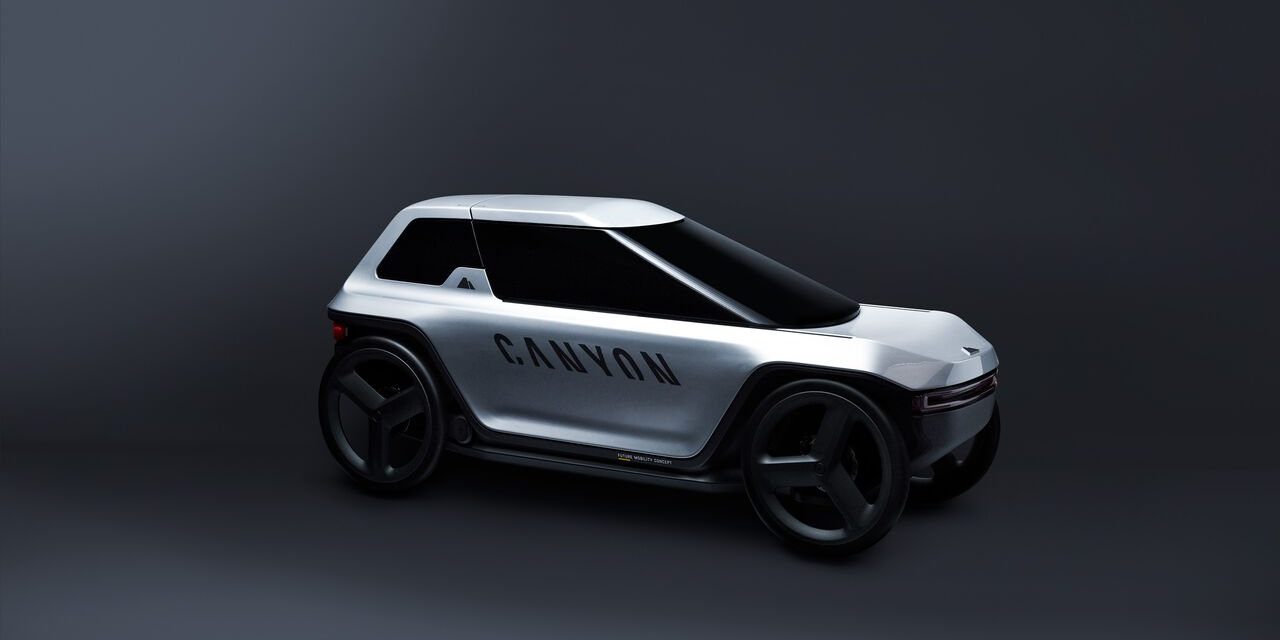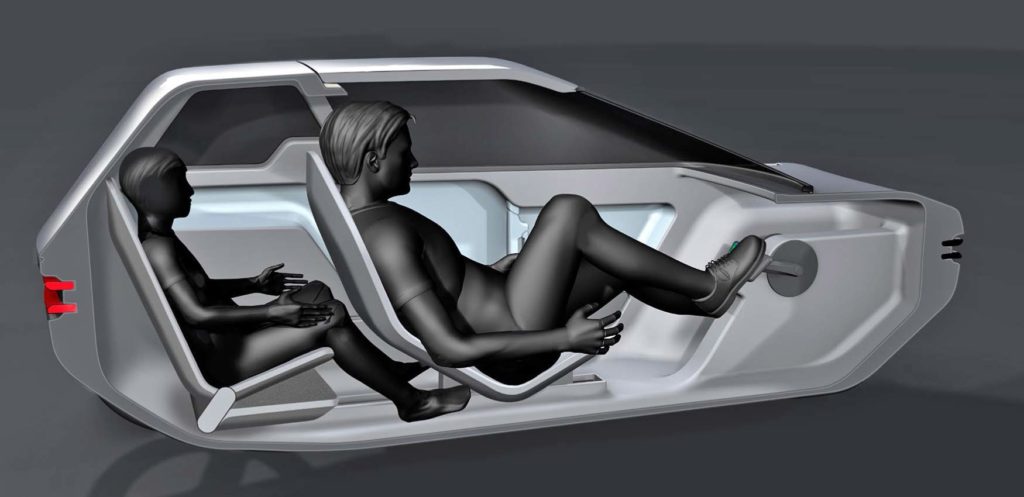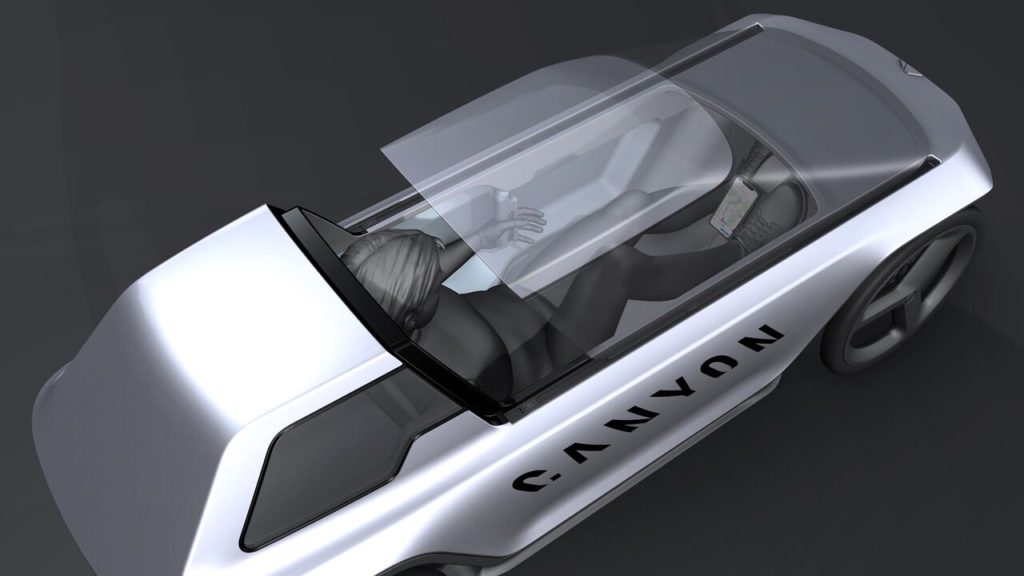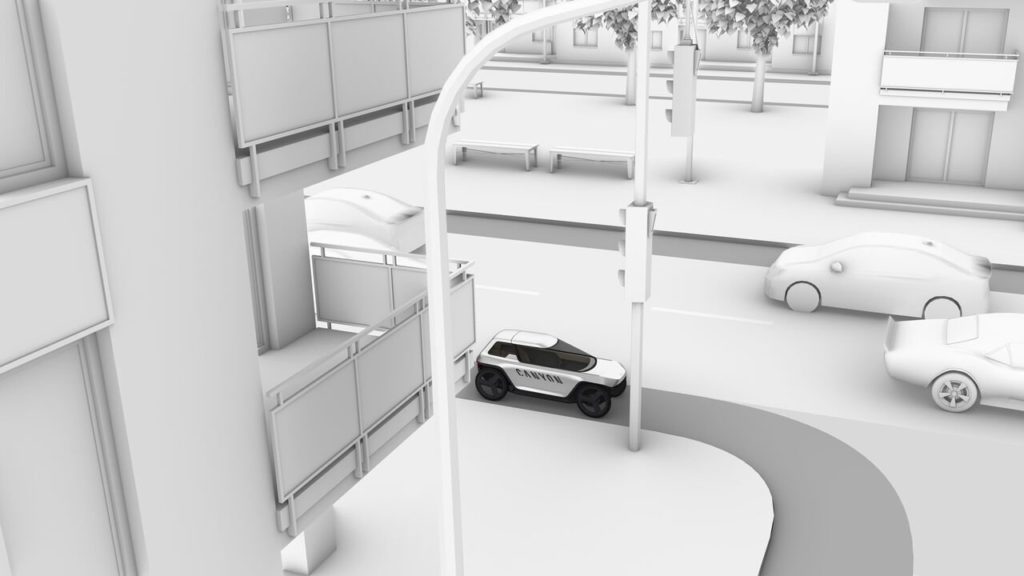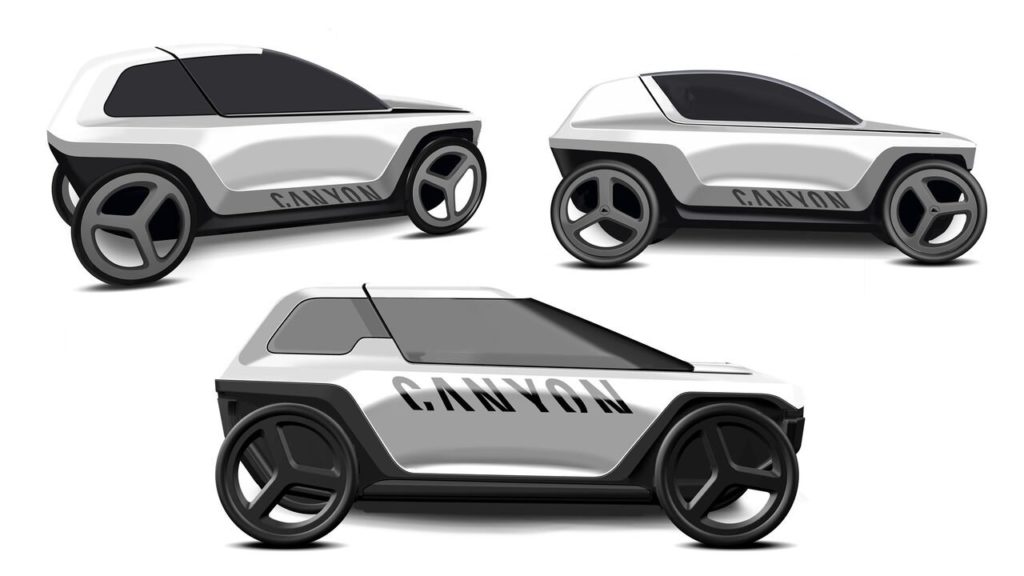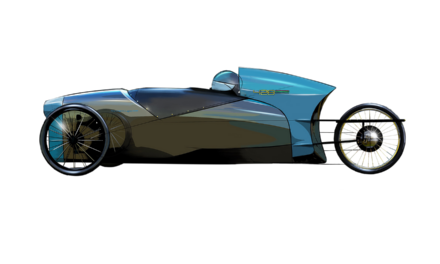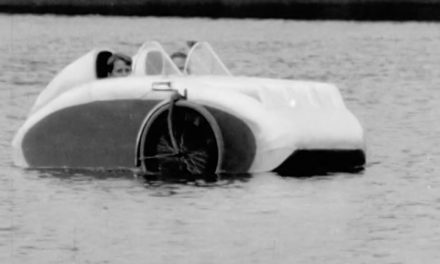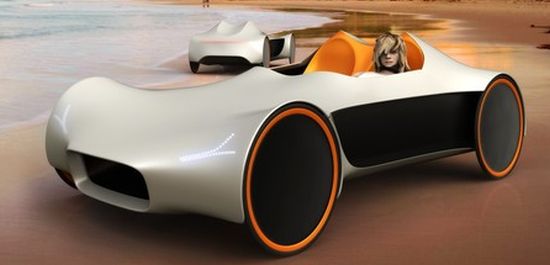It is not so common for one of the big bicycle brands to decide to enter the world of recumbents. Cannondale or Trek have done so before, but since neither of these two bikes is sold in stores anymore, it is clear that the two projects have failed. Now another familiar name is added to them. German Canyon. The brand, which originally focused mainly on mountain, road, and triathlon bikes, is increasingly focused on urban mobility, and this FUTURE MOBILITY CONCEPT is their vision of future sustainable transport in cities and possibly adjacent villages.
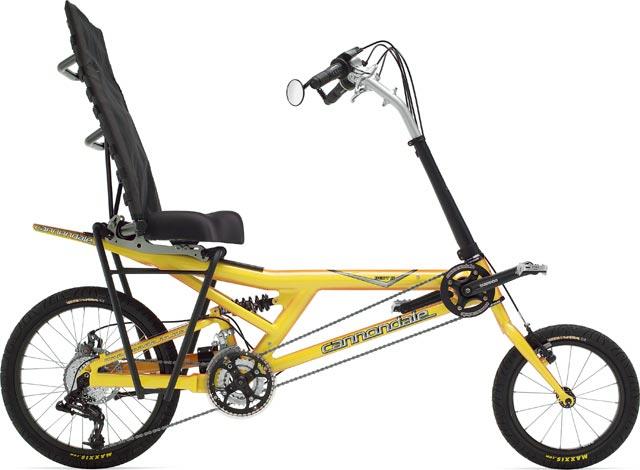
Cannondale 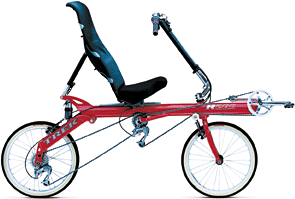
TREK
The whole concept is interesting to me mainly because in my opinion, it targets a group of people who have a similar system of commuting to work as I do. I start from one city, where I have to intertwine with traffic and partly use bike paths, then I burn 16 km / 10 miles on side roads, and the last few km / miles I again intertwine with urban development. In addition to a nice look that looks a lot like cars, and four wheels, which are gradually becoming standard among practical velomobiles, and in city traffic, where you need to sit higher and have a view, they are a really great solution, Canyon comes with a revolutionary motoring solution. The FUTURE MOBILITY CONCEPT has two engines. Both have 1000 W. One is able to move the vehicle at a speed of up to 60 km/h (37 mph) and the other complies with the regulations for conventional e-bikes with a limit of 25 km/h, ie 16 mph. You can move at a higher speed in normal traffic, where you will not interfere with cars at your slow speed, and the second slower engine can then drive you on bike paths and bike lanes where speed is limited. Even so, it would require a change in European rules governing the performance and speed of e-bikes.
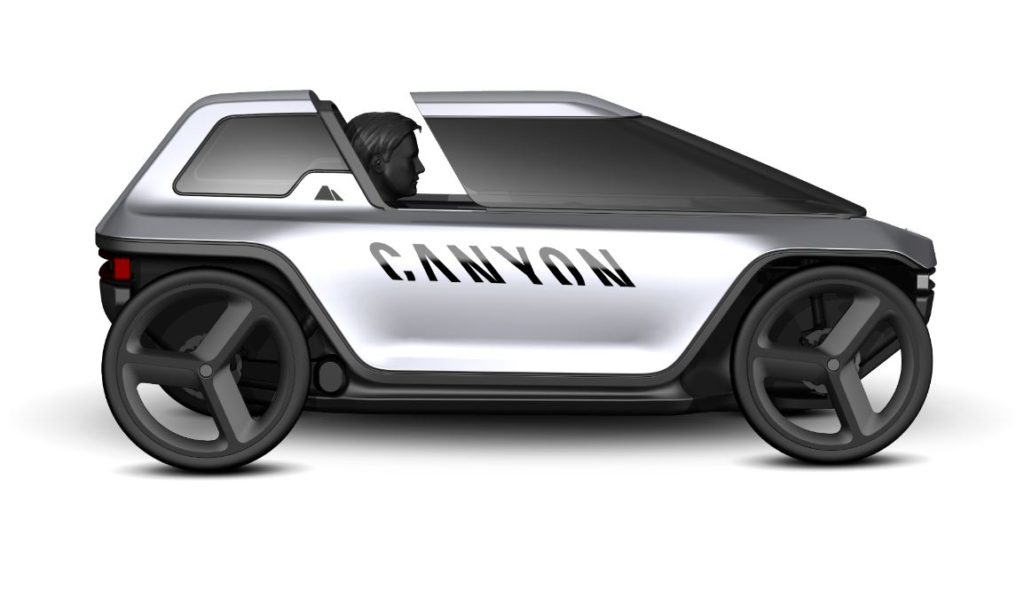
Another great advantage of the concept is the possibility to carry another passenger. He or she does not need to pedal, which is not even needed thanks to the engine, but it can settle in the rear of the bicycle instead of the load. Both seats are mounted in longitudinal rails and the rear has several positions into which it can be folded. A similarly designed, two-seater bicycle is not yet commonly available, and although, for example, the Quattrovelo from Velomobiel.nl is very close to it, in my opinion, it is still too extreme in terms of low altitude, getting into it, etc.
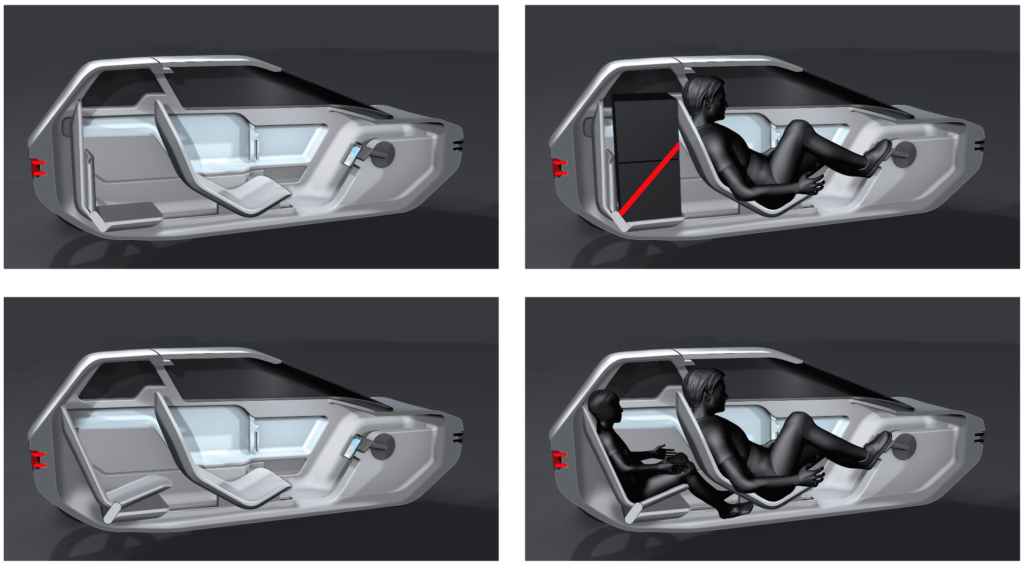
Canyon’s UK Marketing Manager, Jack Noy says: “This isn’t a city e-Bike just for cyclists, but for non-cyclists, that’s a change in direction.” And regarding the possibility, FUTURE MOBILITY CONCEPT will become a standard part of Canyon’s offer continues: “At Canyon, we firmly believe that the future of our cities lies with new, clean forms of mobility: and we’re committed to contributing to their development. Currently, we are re-orienting ourselves in the area of City & Trekking bikes, and we will focus strongly on urban mobility in a broader sense in the future. In the coming years, we will launch more urban bicycle solutions, but the implementation of other concepts like this will also be intensified. The concept gives us a vision that we want to work towards – quickly.“
The velomobile’s dimensions are: 830mm x 1,011 x 2,300mm / 33 x 40 x 91″, the shell should be produced from carbon fiber reinforced plastic and the overall weight of the vehicle should be 95 kg. The battery has a capacity of 2000 Wh which provides a range of 150 km / 93 miles.The target price is between 5000 and 7000 EUR which sounds fairly low as standard velomobiles without electric engine cost roughly that. There would need to be quite a high volume produced so the price drops down so much, but there is a big chance a major bike manufacturer with enough funds can do that.
What are your thoughts? How should look at your perfect velomobile so you can use it every day? Tell us in the comments hereunder!
MORE INFORMATION ABOUT THE PROJECT INCL. VIDEO HERE

